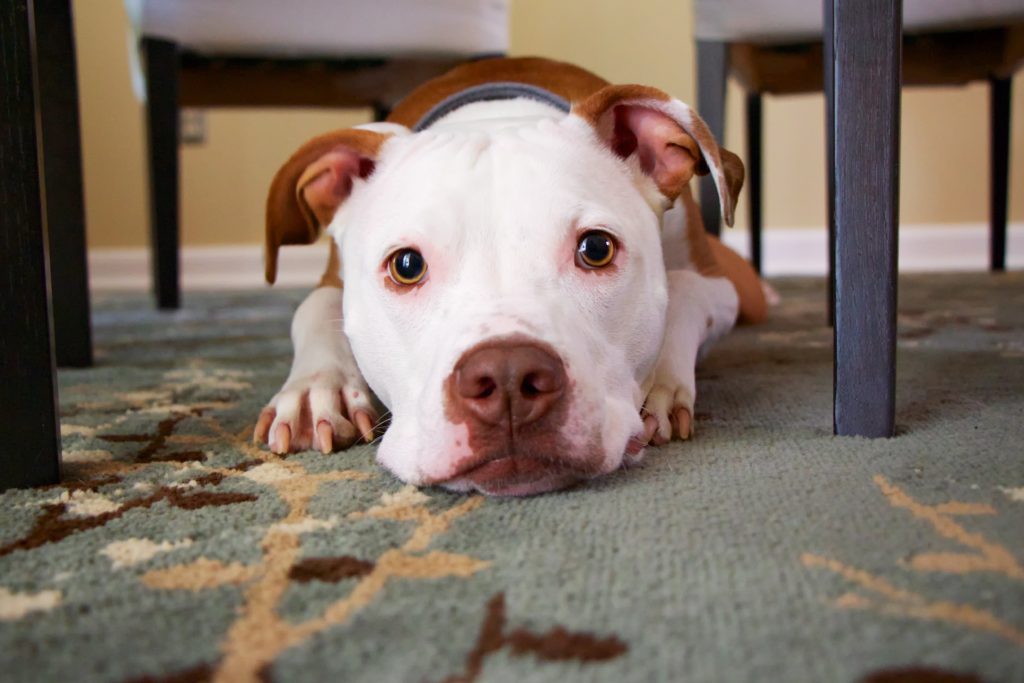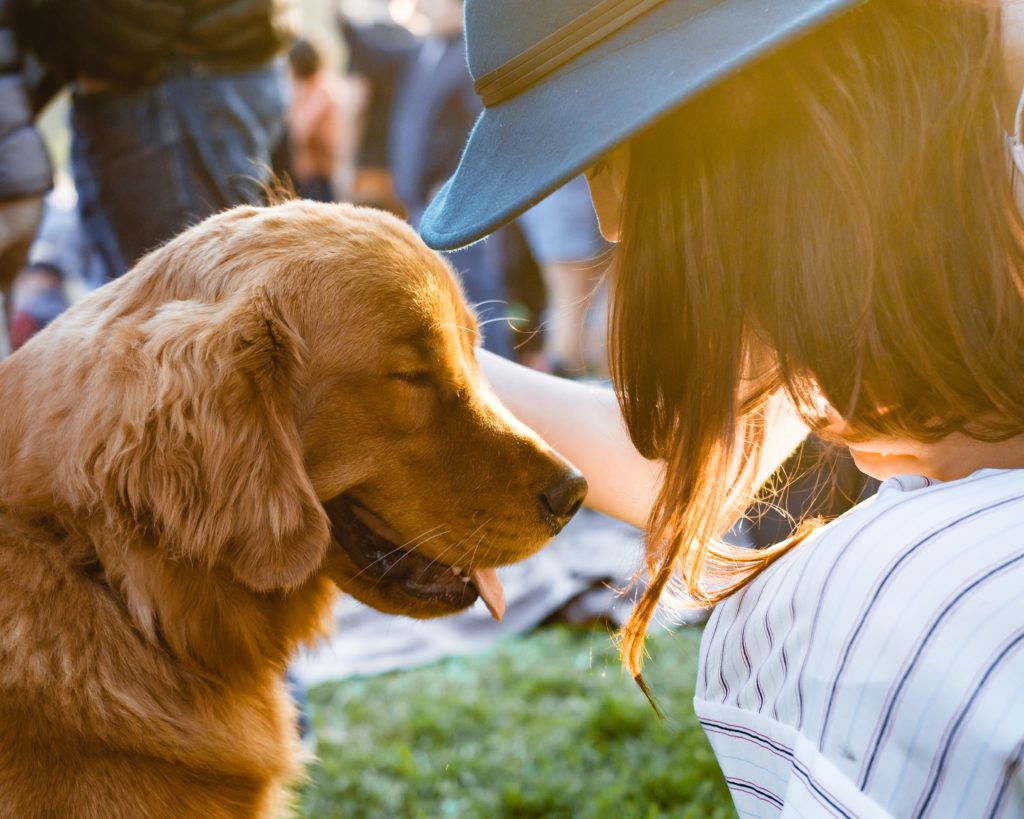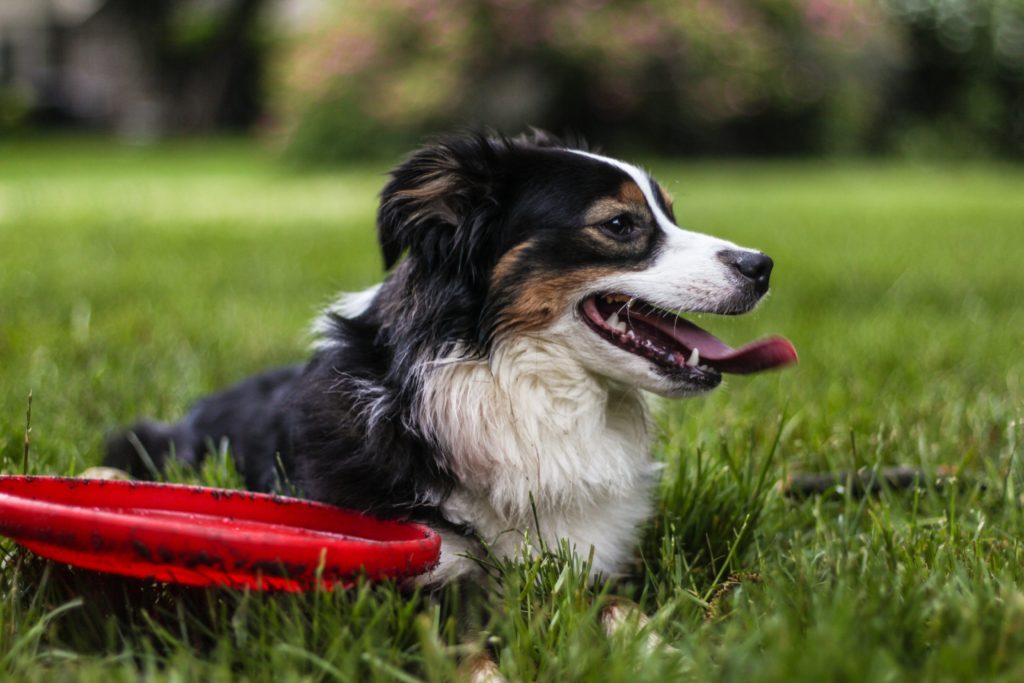7 Basic Tips on How to Train an Older Dog

“You can’t teach an old dog new tricks.” That old cliche may be true for your stubborn uncle, but learning how to train an older dog is actually quite simple.
Whether you’ve adopted a dog from a shelter who didn’t show his rambunctious side until you got home, or you knew what you were getting into from the start, a dog with bad manners is bad news.
When you think of training a dog, you likely think of a little puppy goofing around while you laugh and try to make him shake a paw. While training an older dog will have less adorable puppy flops, the process is largely the same. Read on for my advice on how to train an older dog.
How to Train An Older Dog
In this article, I am assuming that you’ve recently adopted an adult dog. When you’re working on an adult dog’s obedience or you’re trying to teach an old dog to listen, you’ve got to remember a few things.
The first step is to be understanding that your new family member is in an entirely new environment. He may find your home exciting or frightening. Don’t get mad or yell. For an old dog to listen to you, he needs to trust you.
Either way, when you first bring a new adult dog home, expect him to act out. Try not to get upset or think he will always be this way. He is just getting used to his new home. That being said, you should enforce the house rules the moment he enters the house for the first time.

Start Planning Your Training
1) What do you want to teach your dog?
Make a list of a few things you’d like to teach him and read a few guides on how to train each specific behavior.
2) Get Some Healthy Treats
Make sure you’ve got some healthy treats for your dog. Tell your dog he’s done well by giving him affection and treats! It’s a lot of fun for you and him.
3) Read Up On Positive Reinforcement Training
Positive reinforcement training is quite simple. Basically, you’ll just reward the dog’s behavior with treats and affection when he does something you want him to! This simple rule is the best way to encourage obedience from your adult dog.
4) Make Sure Your Entire Family Treats Him The Same
If you don’t want the dog on the couch but your husband doesn’t care, the dog will end up confused about the rules. Make sure everyone holds up the same standards of behavior. Trying to teach an adult dog to listen is much more difficult when she doesn’t know what rules to follow.

5) Be Consistent
Consistency is key when training a dog, young or old. Your dog will do his very best for you, but he needs you to help him. Be there for him and he will put his heart and soul into his training. Have a couple of 20-minute training sessions at least 4 times per week.
6) Consider Buying A Clicker
A clicker is a great way to train a dog. By giving the dog treats and using the clicker when he exhibits a behavior you want, the dog will associate the clicker with treats. Once he’s associated the clicker with a treat, you can pinpoint the exact moment he’s done something you like by using the clicker.
Get Started!
Actually getting down to business and starting to train an older dog is the best part of adopting one! When you’re training your adult dog you need to make sure you only give affection and attention when he’s doing what you want him to. Tempting as it might be to goof off with her, you need her to know that you’re not playing.
Be firm, but gentle. Withdraw attention and affection if your dog starts to goof off. If his attention wanders, bring it back to you with a quick prod from your fingers.
7) Be Liberal With Treats
When she does well, don’t be stingy with those treats! The way to an older dog’s brain is through her stomach. Make sure she knows that she’s done well by giving her pets, saying her name with excitement, and giving out a treat.
Wrapping It Up
I hope these general guidelines on how to train your newly adopted dog has given you a baseline to start from. You can find specific training guides on Rescue Champion here.



